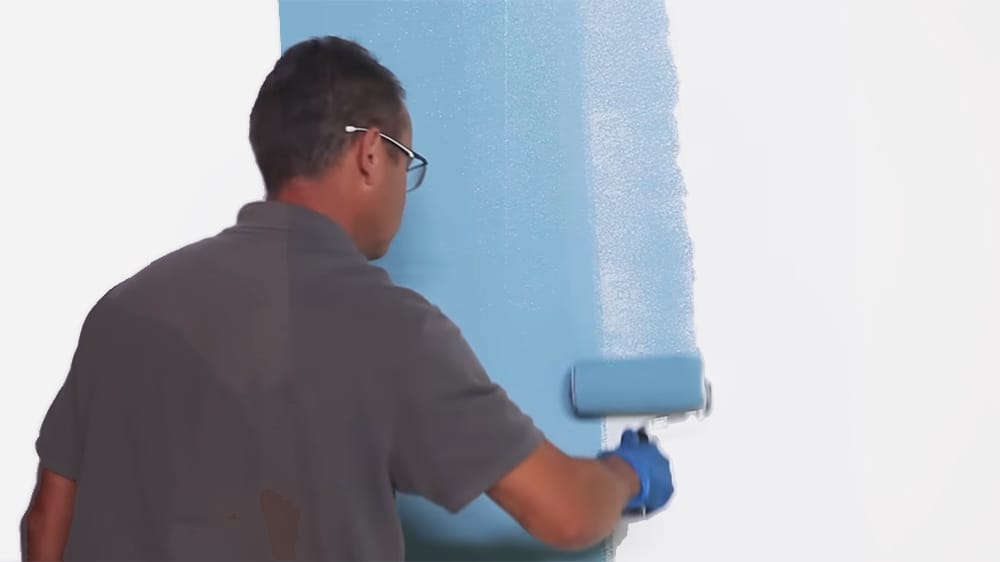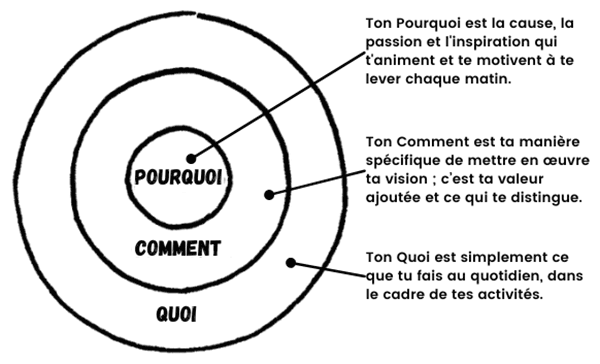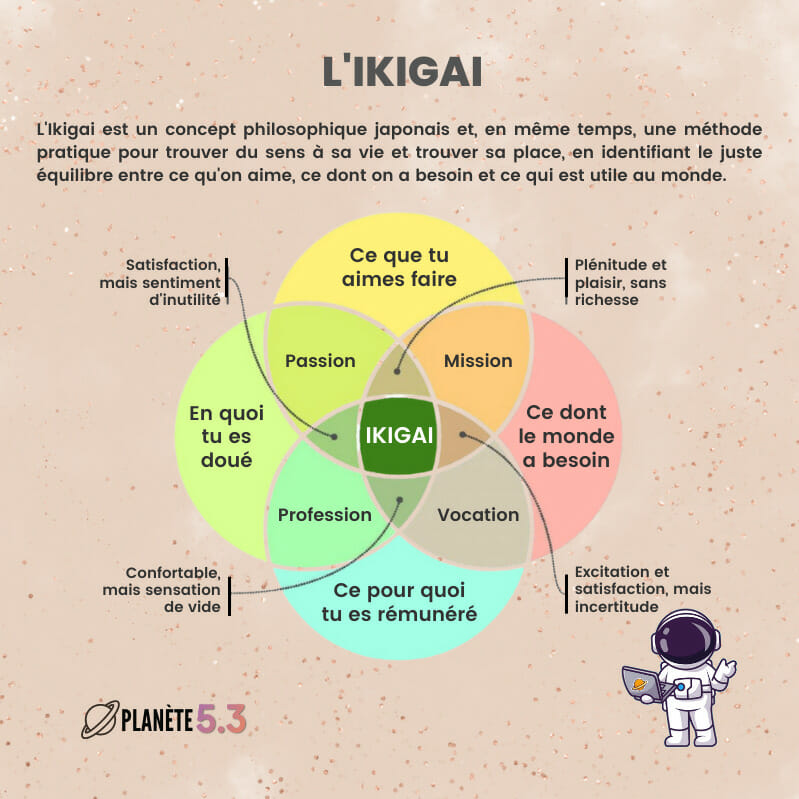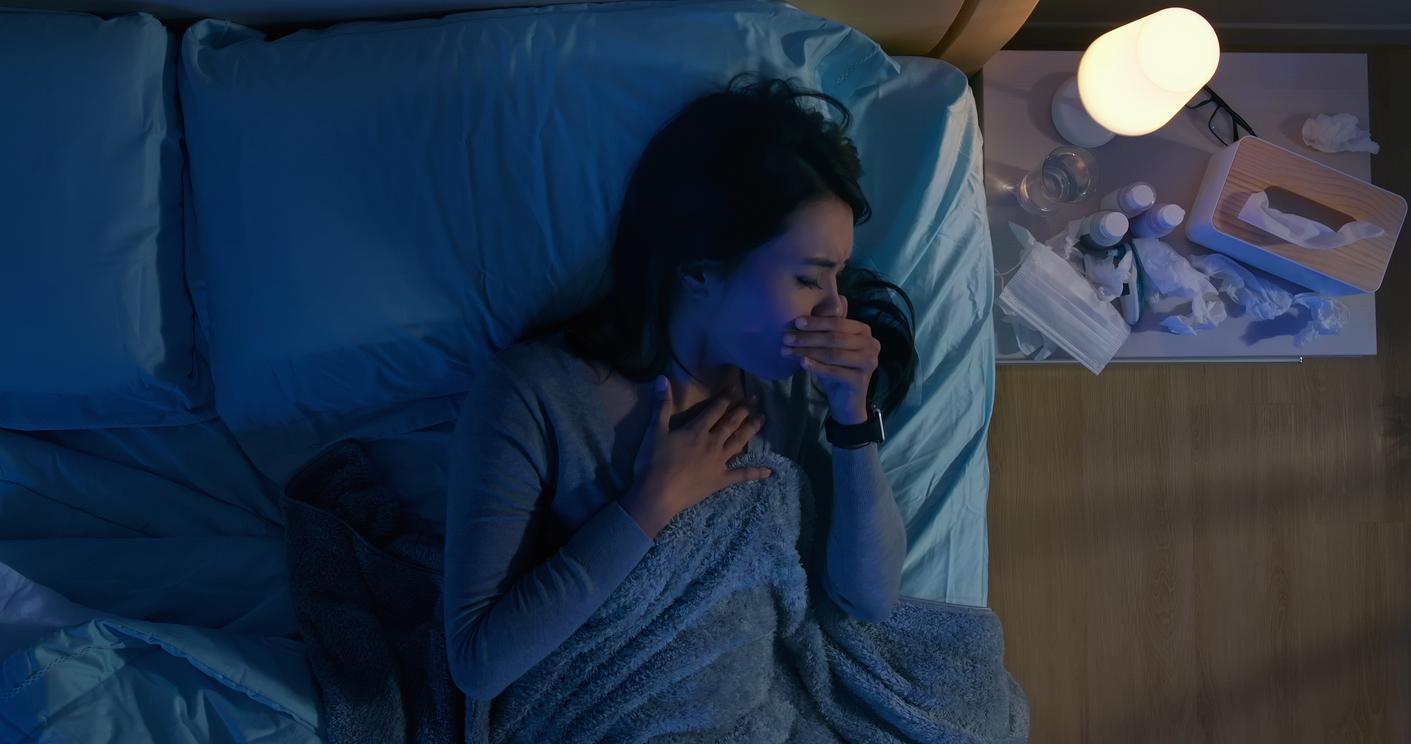Bad mood, insomnia, excess stress, chronic fatigue, irritability… These symptoms clearly affect the rhythm of sleep. No need to worry though: there are ways to overcome these problems. And we tell you which ones.
To determine its sleep pattern, we must act methodically and know how to show a little patience. So what is the correct method?
For a week, we will write down on a notebook or on our smartphone our actual hours of sleep (going to bed, getting up, possible nap, etc.), but also the times of the day when we are sleepy without being able to sleep.
What is your sleeper profile?
We thus see the profile of a sleeper emerging: early ’/ early riser or late’ / late riser. By the way, we will also identify the hours of ” slack ” during the day.
We can then try to live as close as possible to these criteria. When we can, we organize our working day respecting the good rhythm. The game is worth the candle.
For example, if we have a real tiredness after lunch, we avoid scheduling a demanding task at this time in terms of concentration. We rather devote ourselves to activities of classification, storage or reading of emails.
When possible, we take a pause of a quarter of an hour (in the closed office, in the toilets, in a rest room, etc.) where you can take a short nap (20 min) without being disturbed.
In the evening, as soon as you feel the first signs of sleep, we are going to bed without waiting for the end of the exciting episode we were watching on TV. To respect your own sleep rhythm, you have to take the train to fall asleep when you enter the station …
You are an early bird / early riser
If we are early bird / early bird, we do a stroll outdoors in the late afternoon. The circadian rhythms synchronize thanks to sunlight, which enters the eyes via the retina and then travels through the optic nerve to a small cerebral center that orchestrates all the biological clocks.
By “playing” with daylight, we can delay a little the time when we are sleepy in the evening, then the time when we wake up in the morning. For this, we protect ourselves against morning light (for example, we put on sunglasses even if the weather is not nice) and we favor the one at the end of the afternoon, which is much lower in intensity.
There are other ideas to put in place: we go home to foot after work, we do a physical activity outdoors, we linger on a bench in a public garden… Little by little, all these activities put together delay the sleep schedule.
You are a late night owl / late riser
If we are night owl / late riser, on the other hand, we do the opposite. This time it is the morning light that will help to bring forward the time when we are sleepy in the evening as well as the one at which we wake up on morning.
We program a stroll outdoors before going to work, we garden, we walk, we swim, we sit in a lounge chair to read a good book. Regardless of the activity, from the moment the eyes receive daylight (even obscured by clouds) for an hour.
Conversely, we protect ourselves from the light at the end of the day and we wear sunglasses even if the weather is gray. In this way, we slowly advance our internal clock in order to readjust his sleep rhythm.
Read also:
5 proven facts about your sleep you didn’t know
Evaluate the quality of your sleep with these 4 criteria
5 precious plants to get you back to sleep
How to find the right rhythm of sleep?
What Foods Improve Sleep?

















